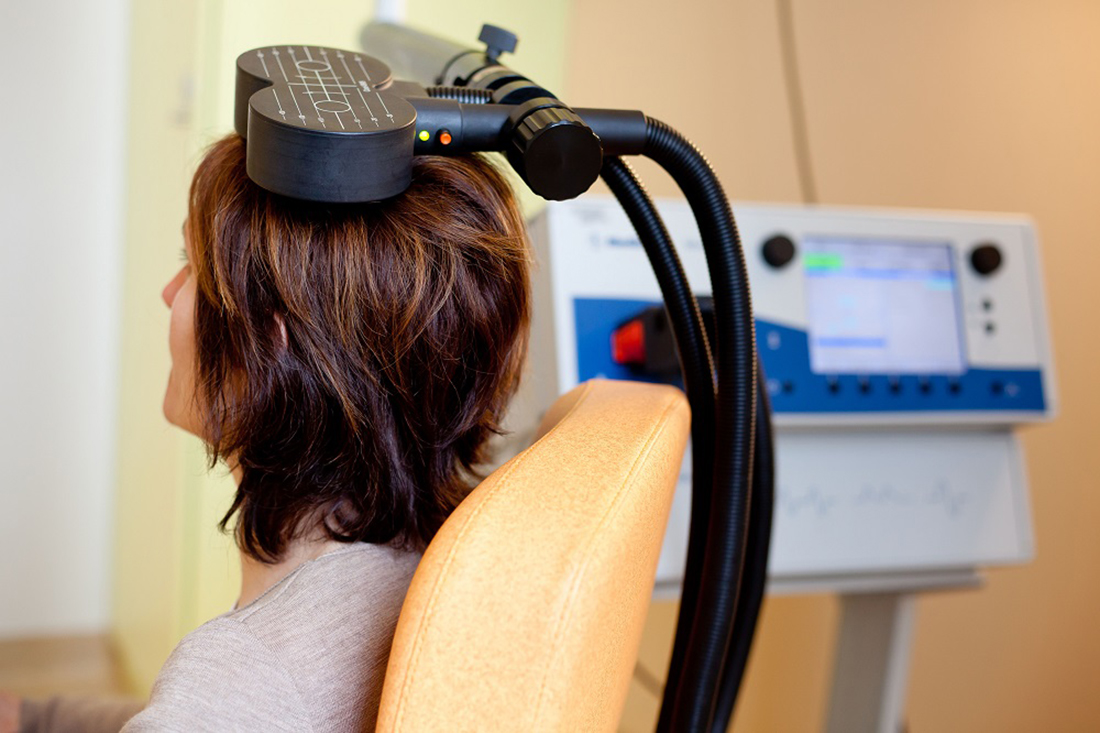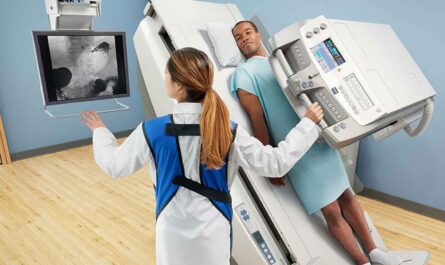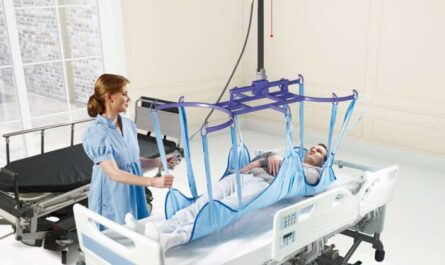What is Transcranial Magnetic Stimulation (TMS)?
Transcranial magnetic stimulation (TMS) is a non-invasive brain stimulation technique that uses magnetic fields to indirectly stimulate neurons in the brain. With TMS, a magnetic coil is placed near the scalp and short magnetic pulses are delivered which pass unimpeded through the scalp and skull to induce weak electrical currents within the brain tissues using electromagnetic induction. The pulses are able to depolarize neuron membranes, causing action potentials if the electric field strength is high enough. This results in the controlled excitation or inhibition of targeted brain regions.
How does TMS work?
When a brief, intense magnetic pulse is delivered through the Transcranial Magnetic Stimulator coil, it creates a weak electric current that passes through the skull and into the brain tissue. If the current generated by the pulse is strong enough, it can cause surrounding neurons to depolarize and potentially fire an action potential. Repeated pulses of TMS delivered at the right intensity and frequency can stimulate or inhibit cortical regions in a controlled way, without requiring surgery or devices implanted in the body. The magnetic field decays exponentially with distance, meaning its effects are localized to the region of brain tissue directly beneath the TMS coil. This allows for focal, non-invasive stimulation of specific brain areas.
What areas of the brain can be targeted with TMS?
TMS can be used to target and stimulate various areas of the cerebral cortex. Some of the most commonly targeted regions include:
– Motor cortex: Stimulating the primary motor cortex can elicit small muscle contractions of contralateral body parts like fingers, hands or toes. This property is often used for motor mapping studies and clinical applications.
– Prefrontal cortex: This area involved in cognitive functions like attention, executive function, and working memory is stimulated for research and treatment of various psychiatric conditions.
– Dorsolateral prefrontal cortex: Stimulation of this region modulates activity in neural networks important for working memory, executive function and cognitive control.
– Visual cortex: TMS pulses over the occipital lobe involved in vision can elicit phosphenes or flashes of light in the visual field.
– Broca’s and Wernicke’s areas: Stimulation of language-related cortical regions involved in speech production and comprehension, respectively.
So in summary, TMS allows stimulation of both sensory and motor regions non-invasively for research and clinical purposes.
How is TMS used clinically and for research?
TMS has been approved by the FDA for treating depression, migraines, and obsessive-compulsive disorder (OCD) when medications have failed or cannot be tolerated. Some of the major clinical and research uses of TMS include:
Major Depressive Disorder Treatment: High frequency repetitive Transcranial Magnetic Stimulator to left prefrontal cortex has shown efficacy similar to antidepressants in treating major depression, with effects lasting several months.
Migraine Treatment: Low frequency TMS to occipital cortex has been found effective for reducing migraine frequency and symptoms when delivered preventatively.
Schizophrenia Research: Studies use TMS to probe deficits in cortical inhibition and study how stimulation impacts cognitive functions to better understand disease mechanisms.
Mapping Brain Functions: TMS helps scientists map functions to specific brain regions by stimulating areas and observing effects on tasks like speech, movement or cognition.
Neuroplasticity Research: Repeated TMS facilitates plastic changes in brain regions, helping understand processes like learning, memory and recovery from injury.
So in summary, TMS enables non-invasive brain stimulation for research into brain mechanisms as well as the treatment of some neurological and psychiatric conditions. Its applications continue expanding as our understanding grows.
Transcranial Magnetic Stimulator Procedure and Safety Considerations
During a TMS procedure, the patient sits in a comfortable chair, wearing minimal metal. The physiotherapist or technician positions the TMS coil over the target area on the scalp. Pulses of magnetic energy are then delivered through the coil with the help of specialized TMS equipment. A typical treatment course involves 5 sessions a week of 30 minutes for 4-6 weeks. Side effects are generally minor and may include headache, scalp discomfort or fatigue.
Safety guidelines must be followed as TMS can have some risks. People with metal or electronic implants near the head usually cannot have TMS. Conditions like epilepsy also preclude TMS use due to risks of inducing seizures. Patients are monitored both during and after TMS sessions. Though rare, risks include seizures, hearing loss and painful muscle contractions. TMS therapists are specially trained to minimize risks and properly screen patients. Moreover, TMS systems have built-in safety features like magnetic field monitors. Overall, when administered by trained personnel following established guidelines, TMS has a strong safety profile as a non-invasive brain stimulation technique.
*Note:
1. Source: Coherent Market Insights, Public sources, Desk research
2. We have leveraged AI tools to mine information and compile it




